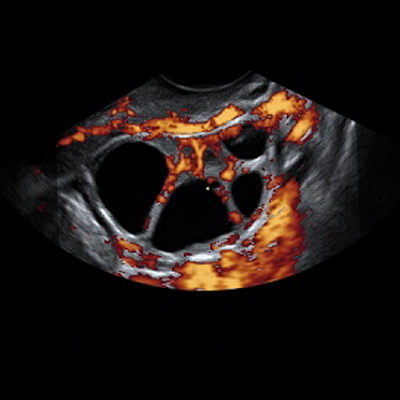
Poor ovarian reserve; which means of diagnosis is the most reliable?
If we take into account that women’s oocytes develop before they are even born and that, after birth, the oocytes progressively decrease in number until they run out completely when women reach the menopause, the concept of ovarian reserve refers to the oocytes that are in a woman’s ovaries at any given time.
Assessing ovarian reserve is particularly important if we take into account that women lose their ova at varying rates. This means that two women of the same age can have very different ovarian reserves. This is why there are such huge differences in the age at which women go through the menopause.
We have developed increasingly reliable markers in order to determine what a woman’s ovarian reserve is at any given time. Currently, the two best biomarkers for understanding a woman’s ovarian reserve are anti-Müllerian hormone (AMH) and an antral follicle count (AFC).
AMH is a substance that is produced inside the ovaries by the follicles that trigger development. It is a fairly constant measurement and it is linked to the quantity of ova that remain in the ovaries. The measurement techniques that we currently use are automated and very precise.
ARC is performed using an ultrasound scan. It consists of counting the developing follicles. The figure is a fairly close match to the number of remaining ova in both ovaries. Since all we need is a high resolution ultrasound scanner, gynaecologists can assess ovarian reserve during a regular check-up.
We are currently able to obtain a fairly precise, swift and cheap assessment of ovarian reserve and this is of great help when taking decisions and personalising treatment.
THE FOLLOWING MAY ALSO BE OF INTEREST TO YOU
